Naval ships are designed to be powerful and reliable, but not all of them live up to expectations. Throughout history, some ship designs have proven to be more of a burden than an asset, with flaws that made them difficult to operate or prone to failure. We’ll explore 17 naval ship designs that sailors found unreliable, highlighting the challenges and issues that plagued these vessels.
Contents
USS Zumwalt (DDG-1000)
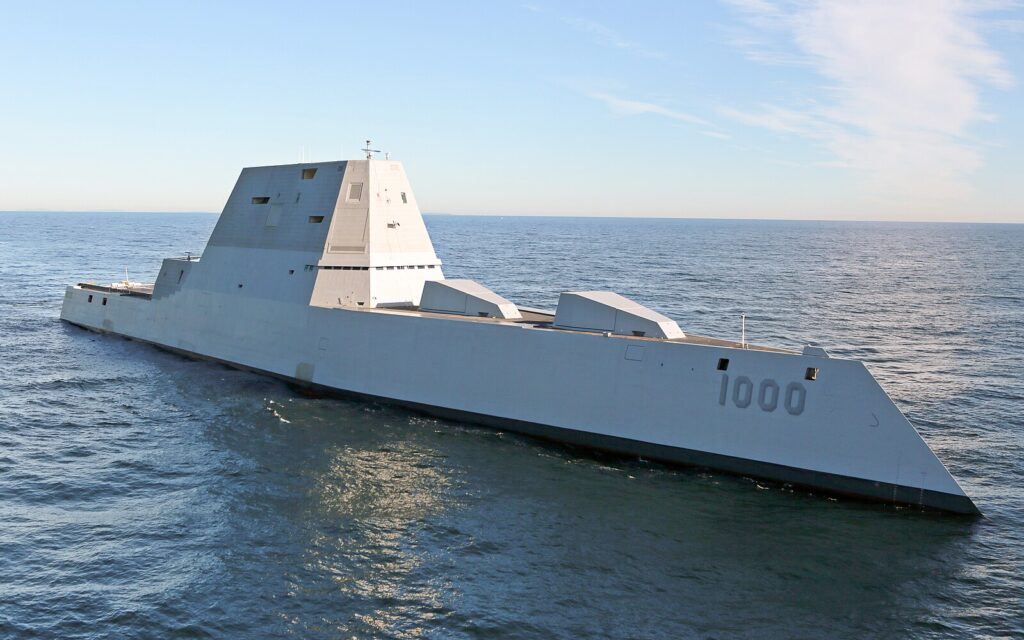
The USS Zumwalt was envisioned as a cutting-edge stealth destroyer, but its execution fell short in several critical areas. The ship’s Advanced Gun System, intended to fire Long Range Land Attack Projectiles (LRLAP), turned out to be prohibitively expensive, with each round costing nearly $800,000. Furthermore, the integration of its complex electronic systems proved troublesome, leading to frequent malfunctions.
HMS Hood (51)

HMS Hood, once the pride of the Royal Navy, tragically demonstrated its design flaws during World War II. Despite its imposing size, the Hood was inadequately armored, especially on its deck, making it vulnerable to plunging shellfire. This weakness was devastatingly exposed when the German battleship Bismarck struck its magazine, resulting in a catastrophic explosion that sank the ship within minutes. The loss of HMS Hood underscored the fatal consequences of its outdated design.
USS Thresher (SSN-593)
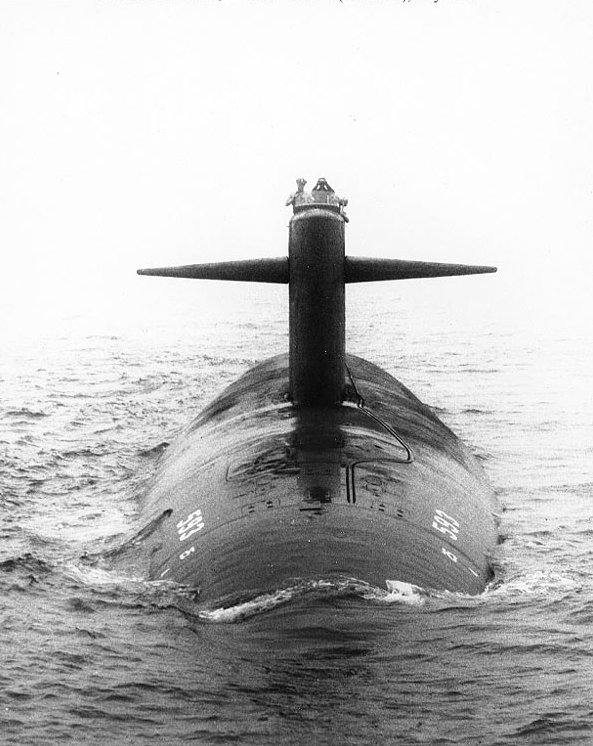
The USS Thresher was a symbol of Cold War-era innovation, yet it became a cautionary tale after it sank during a deep-diving test in 1963. The submarine’s hull was not resilient enough to withstand the intense pressures at depth, leading to a fatal structural failure. Compounding the disaster was the failure of the emergency ballast systems, which should have brought the vessel to the surface.
HMS Prince of Wales (R09)

Since its commissioning in 2019, the HMS Prince of Wales has been beset by technical issues that have undermined its reliability. The ship’s propulsion system has been particularly problematic, repeatedly forcing the aircraft carrier back to port for repairs. This has led to frustration among sailors who expected a state-of-the-art vessel but instead encountered frequent mechanical failures. The carrier’s inability to stay operational for extended periods has significantly limited its effectiveness.
USS Independence (LCS-2)
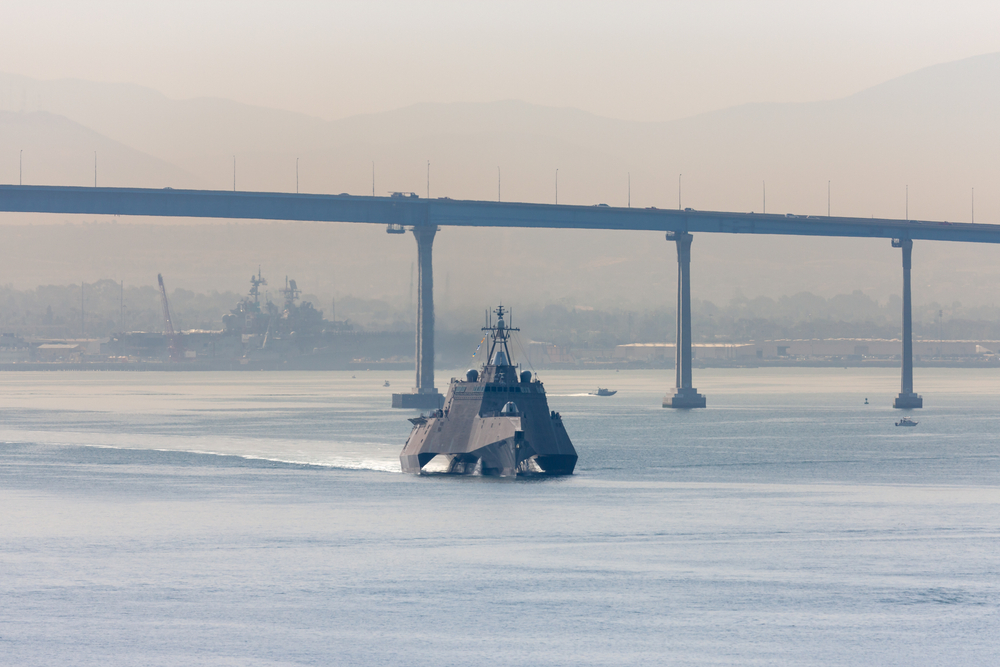
The USS Independence was part of the Littoral Combat Ship (LCS) program, designed for speed and versatility in near-shore operations. However, the ship has struggled with a series of reliability issues, most notably with its aluminum hull, which has been prone to cracking and corrosion. In addition, the ship’s complex systems have frequently malfunctioned, leading to costly repairs and downtime. These shortcomings have cast doubt on the vessel’s durability and dependability.
HMS Vanguard (S28)
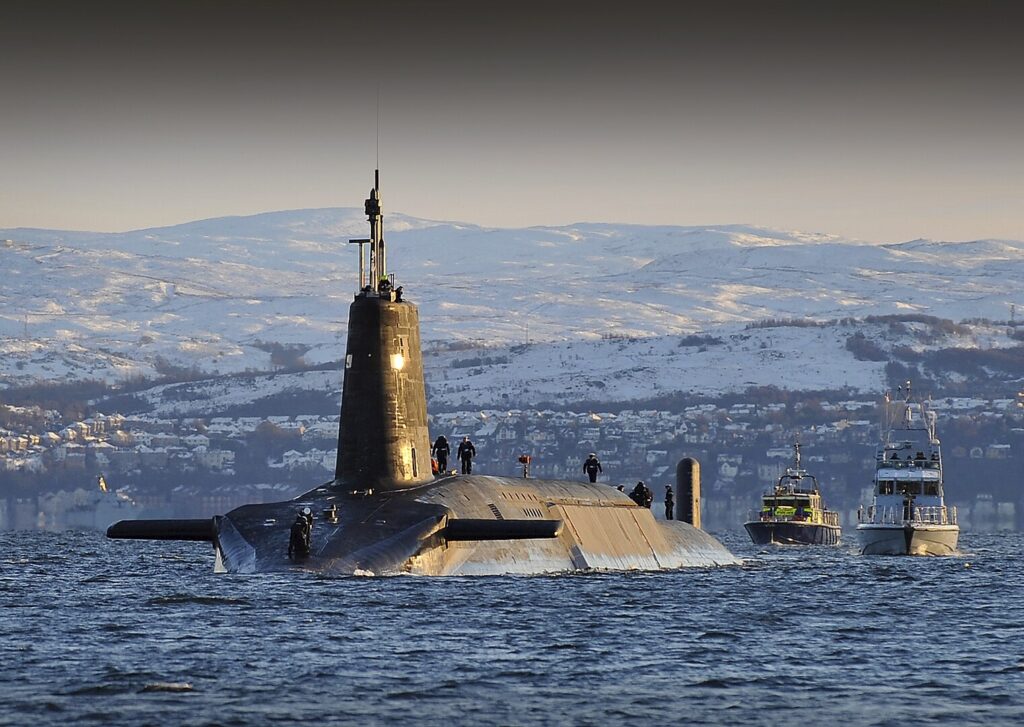
HMS Vanguard, one of the UK’s nuclear missile submarines, suffered a significant blow to its reputation after colliding with the French submarine Le Triomphant in 2009. Despite being on patrol, the submarine’s stealth and navigation systems failed to prevent the accident. This collision caused extensive damage to Vanguard, raising concerns about its operational reliability. The incident highlighted critical weaknesses in the submarine’s design that compromised its effectiveness.
USS Wasp (LHD-1)
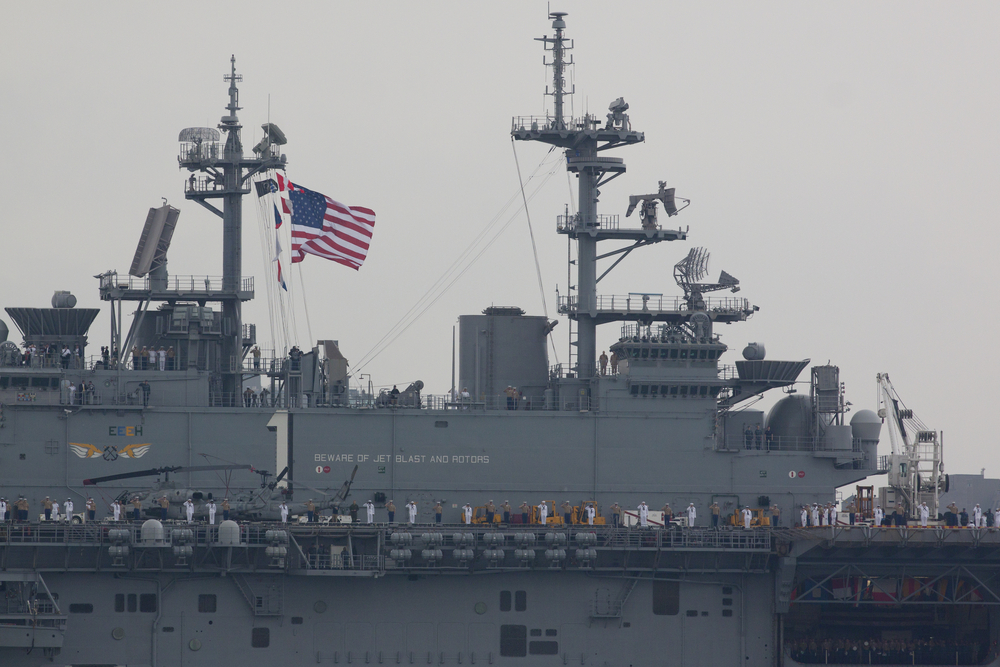
The USS Wasp, an amphibious assault ship, has encountered numerous operational challenges throughout its service life. Its aging propulsion systems have been a persistent source of trouble, leading to frequent breakdowns and extended repair periods. Furthermore, maintaining the ship’s complex aviation facilities has proven difficult, further hampering its operational readiness. These ongoing issues have diminished the Wasp’s reliability as a key component of the U.S. Navy’s amphibious forces.
HMS Invincible (R05)
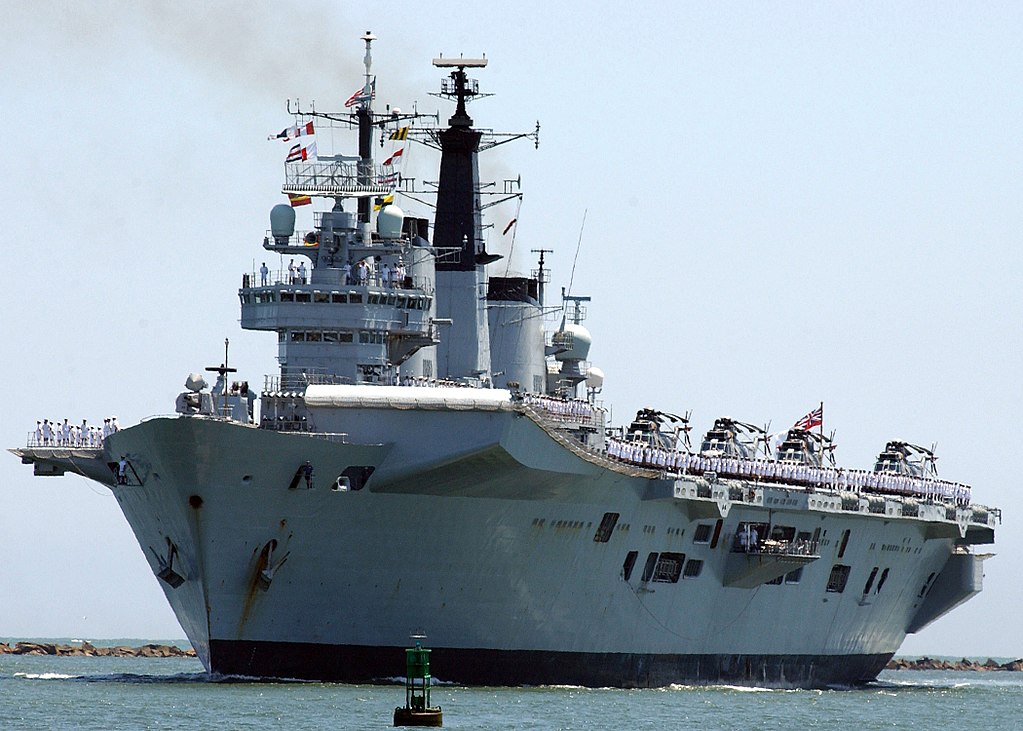
The HMS Invincible, a light aircraft carrier, revealed its design limitations during the Falklands War. The ship’s small size restricted the number and types of aircraft it could deploy, which in turn limited its combat effectiveness. Moreover, the carrier’s armor was insufficient to protect against modern anti-ship missiles, raising serious concerns about its survivability. As a result, the Invincible was often considered less reliable than its larger counterparts in the Royal Navy.
USS Enterprise (CVN-65)
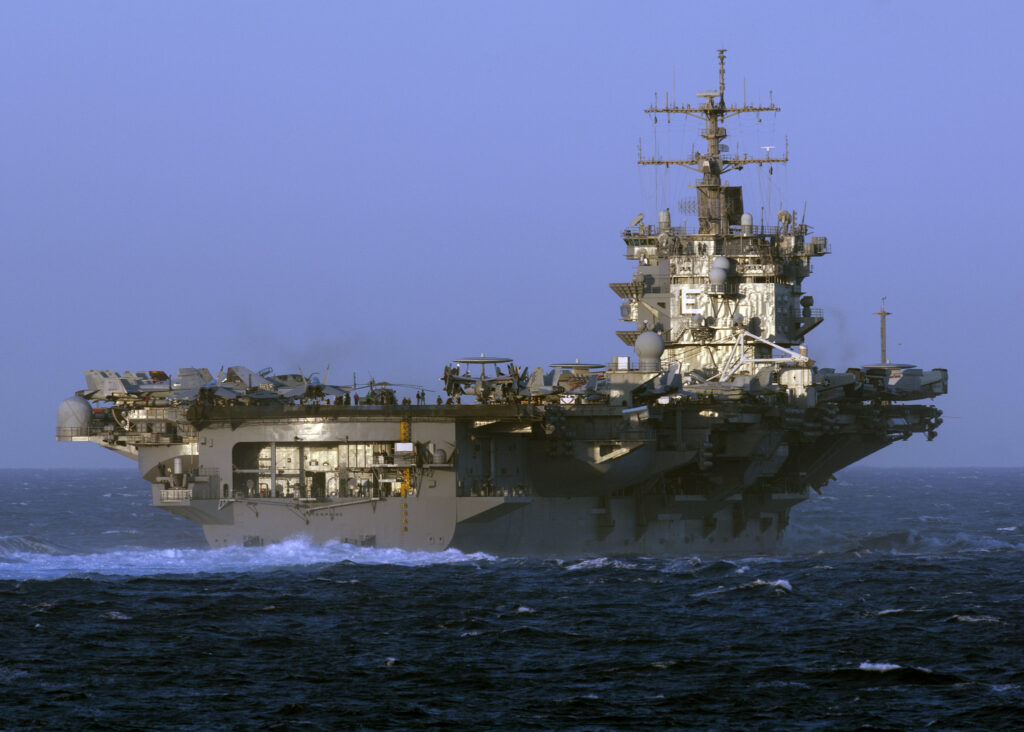
The USS Enterprise, the world’s first nuclear-powered aircraft carrier, made history with its innovative design, but not without encountering significant challenges. The ship’s eight nuclear reactors required complex and frequent maintenance, often leading to prolonged periods out of service. Additionally, its enormous size made it difficult to navigate in confined waters, which limited its operational flexibility.
HMCS Bonaventure

HMCS Bonaventure, Canada’s last aircraft carrier, struggled to keep up with the demands of modern naval warfare due to its outdated design. The ship’s engines were notoriously unreliable, prone to frequent breakdowns that hampered its operational readiness. Furthermore, the carrier’s small flight deck limited the types and numbers of aircraft it could deploy, reducing its overall combat capability. These limitations ultimately led to the ship’s early decommissioning in 1970.
USS Texas (BB-35)
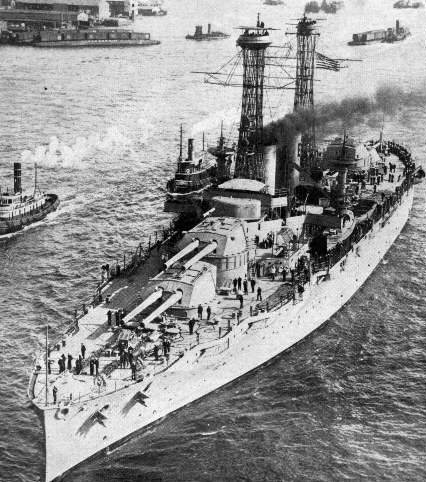
The USS Texas, a New York-class battleship, served valiantly in both World Wars but was increasingly seen as obsolete by the time World War II began. The ship’s slow speed and cumbersome design made it less effective in the fast-paced naval engagements of the era. Its aging armament and fire control systems also struggled to keep pace with technological advancements. As a result, the Texas was often considered less reliable than newer battleships.
USS Vincennes (CG-49)
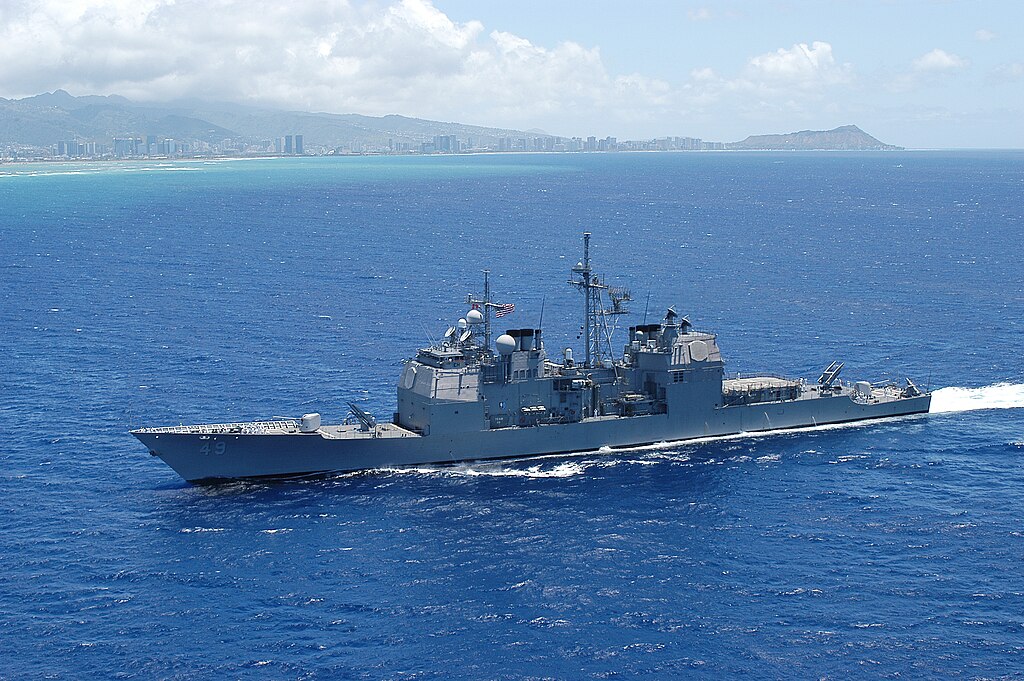
The USS Vincennes, a Ticonderoga-class cruiser, became notorious for its involvement in the tragic downing of Iran Air Flight 655 in 1988. The ship’s Aegis combat system, while advanced, failed to correctly identify the civilian aircraft, leading to a fatal mistake. This incident raised serious questions about the reliability of the Aegis system under pressure and the overall operational effectiveness of the Vincennes. The cruiser’s reputation was permanently marred by this event.
HMS Sheffield (D80)
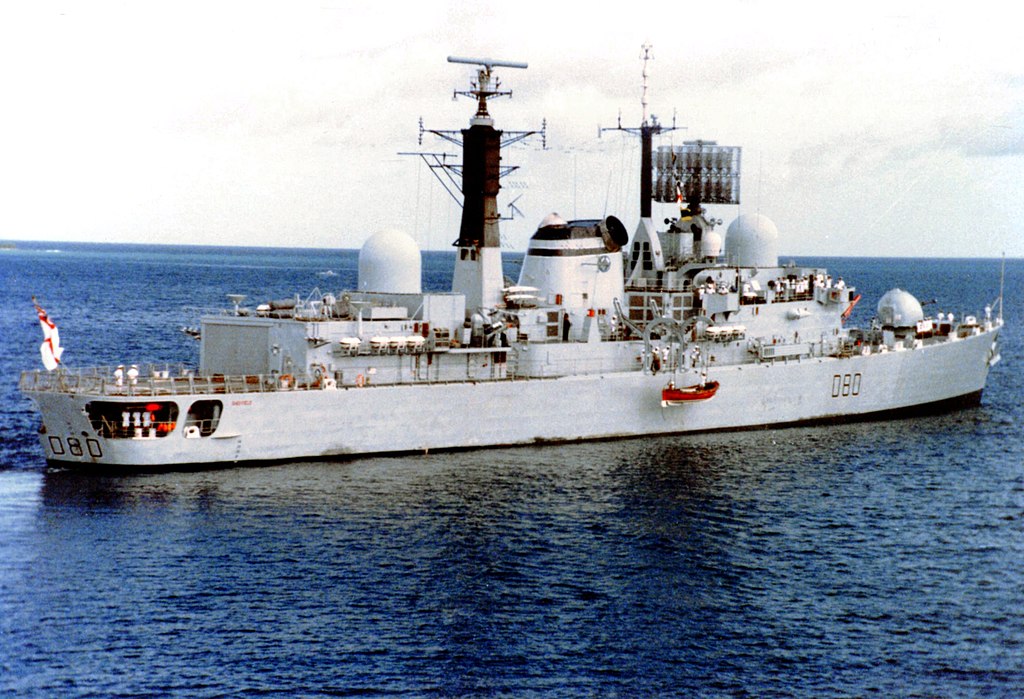
HMS Sheffield, a Type 42 destroyer, was one of the Royal Navy’s most high-profile casualties during the Falklands War. The ship’s design flaws became evident when it was struck by an Exocet missile, which caused catastrophic damage. The use of aluminum in the ship’s superstructure contributed to a deadly fire that followed the missile strike. These vulnerabilities highlighted critical weaknesses in the Sheffield’s design, making it less reliable in modern naval warfare.
USS Indianapolis (CA-35)
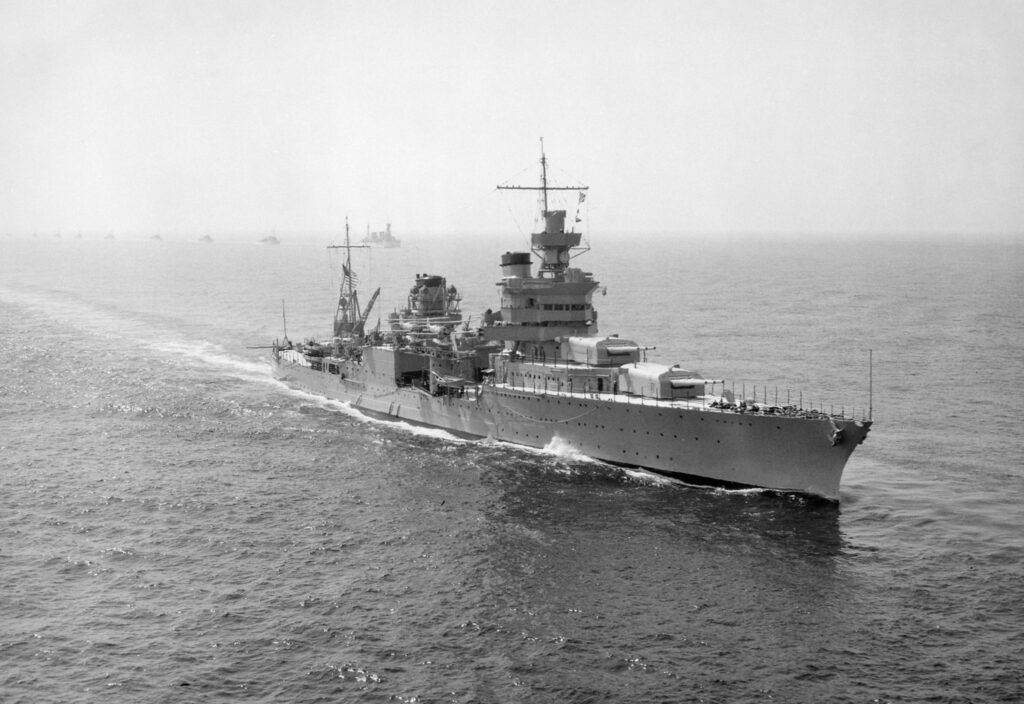
The USS Indianapolis, a Portland-class cruiser, is best remembered for its tragic sinking in 1945, which resulted in one of the U.S. Navy’s worst disasters. The ship’s design made it particularly vulnerable to torpedo attacks, with insufficient compartmentalization to prevent catastrophic flooding. Moreover, the lack of a timely distress signal compounded the disaster, delaying rescue efforts and increasing the loss of life.
USS William D. Porter (DD-579)
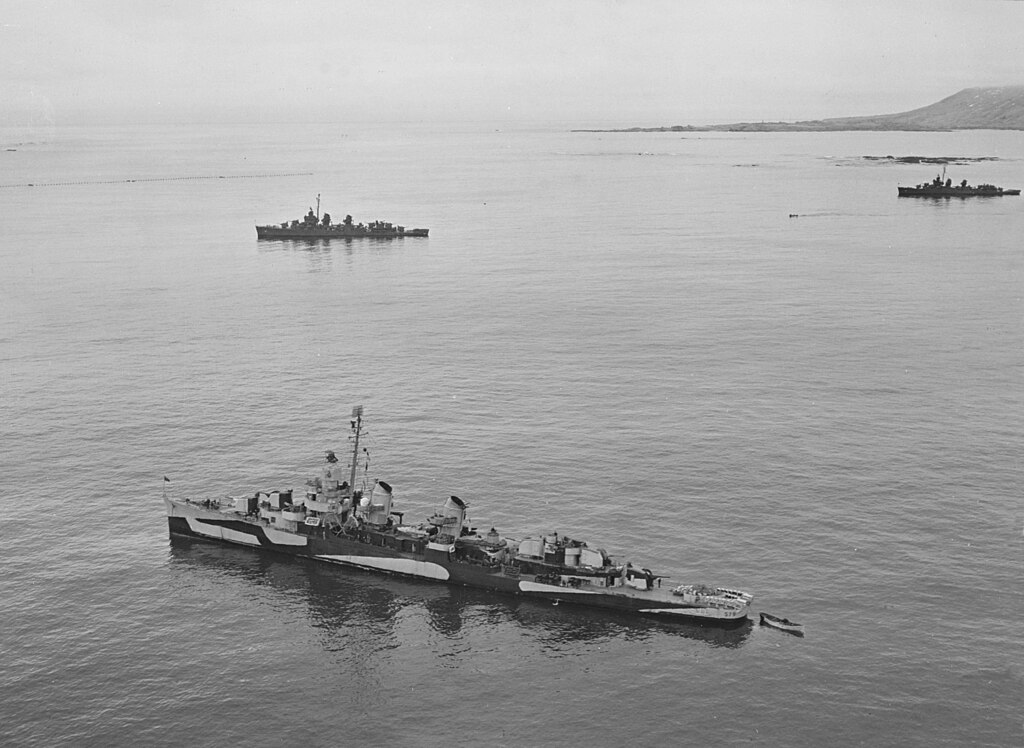
The USS William D. Porter, a Fletcher-class destroyer, became infamous for a series of mishaps during World War II, including accidentally firing a torpedo at the battleship USS Iowa. The ship’s crew struggled with poor training and bad luck, leading to frequent mechanical failures and operational errors. These issues earned the ship a reputation as a “jinxed” vessel, and it was often seen as unreliable by both its crew and the wider Navy.
USS Saginaw (LST-1188)
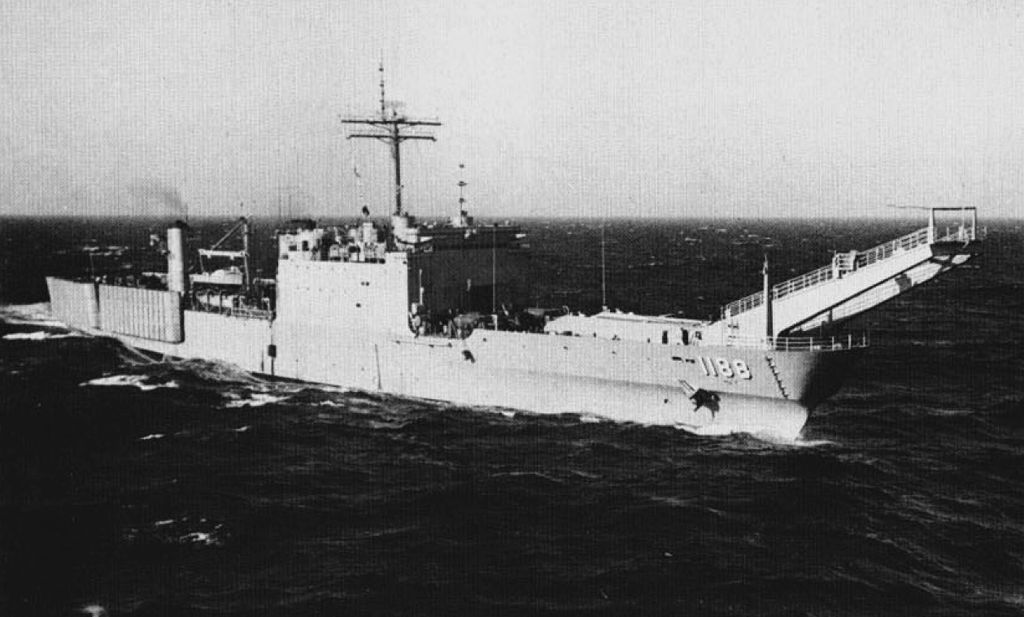
The USS Saginaw, a Newport-class tank landing ship, faced significant design challenges that affected its operational reliability. The ship’s bow ramp, crucial for rapid beach landings, was prone to mechanical issues and difficult to operate in rough seas. Additionally, the propulsion system often failed, leading to frequent breakdowns and maintenance challenges. These factors made the Saginaw a less dependable asset in amphibious operations, frustrating those who served aboard.
HMS Eagle (R05)
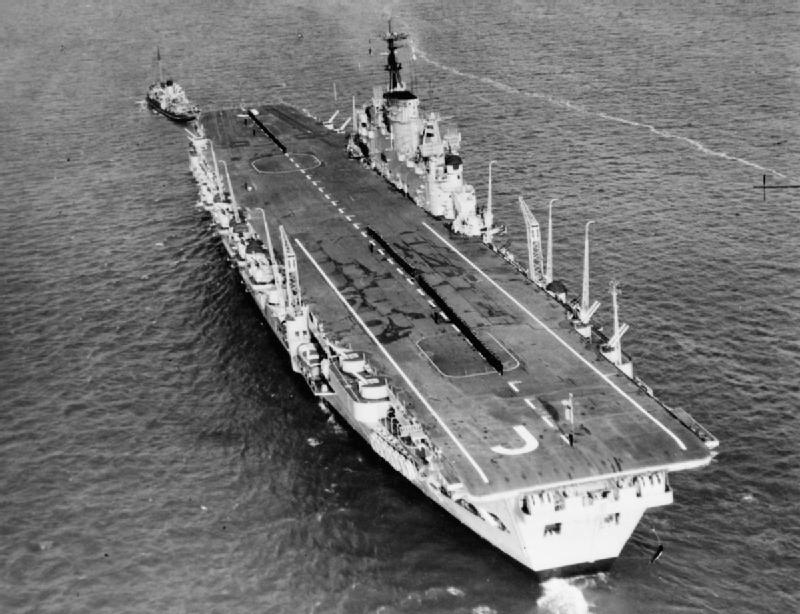
The HMS Eagle, a British aircraft carrier, struggled to keep pace with the rapid advancements in naval aviation technology due to its aging design. The ship’s limited deck space and outdated catapult system restricted the types of aircraft it could operate, significantly reducing its combat effectiveness. Furthermore, the carrier’s aging infrastructure required frequent repairs, leading to extended periods out of service.
This article originally appeared on MyCarMakesNoise.
More from MyCarMakesNoise
18 Trailblazing Hydrogen Fuel Cell Cars on the Road Today

As the world moves towards sustainable energy solutions, hydrogen fuel cell cars are at the forefront of this green revolution. These innovative vehicles offer a glimpse into the future of transportation, combining cutting-edge technology with eco-friendly fuel. Read More.
The World’s 25 Most Bustling Airports and Their Unique Highlights

Air travel has become an integral part of our globalized world, connecting people and places like never before. Some airports stand out due to the sheer volume of passengers and flights they handle daily. Read More.
18 Obscure Concept Cars That Never Made It to Market

Concept cars often push the boundaries of design and technology, showcasing what the future of the automotive world could look like. However, not all these innovative vehicles make it to the production line. Read More.














